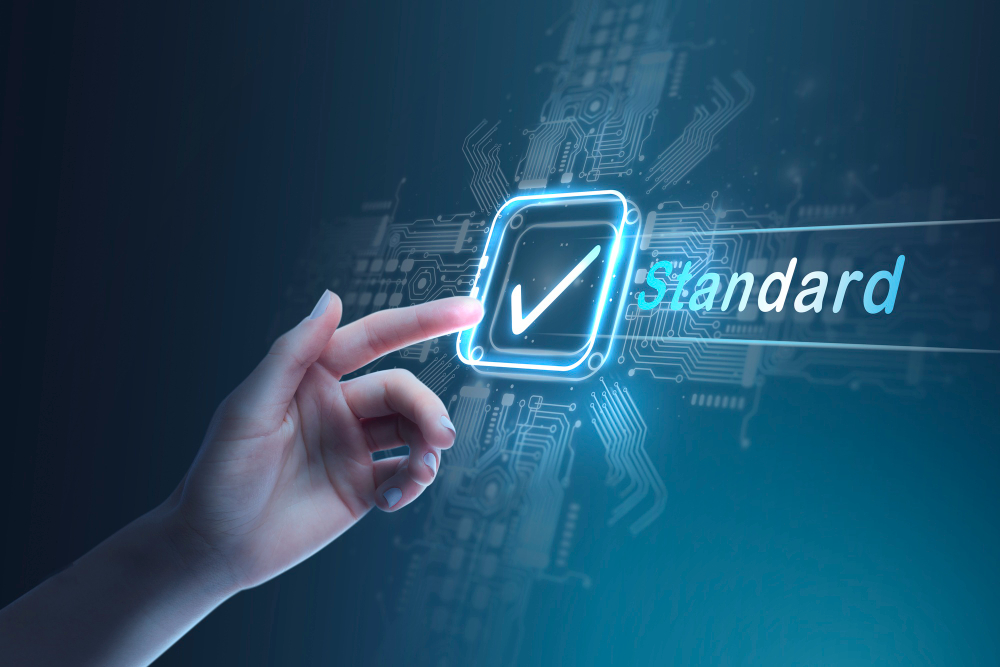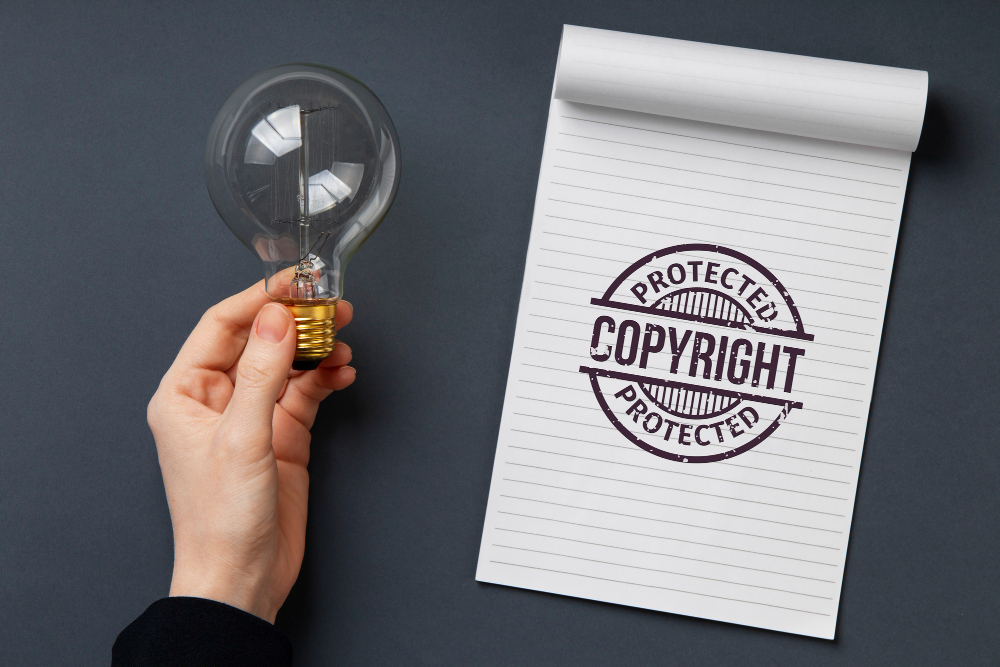Introduction
In today’s hyper-digital world, where movies, music, books, and software are just a click away, the rise of content piracy has become a pressing concern for creators and businesses alike. Unauthorized sharing, downloading, and distribution of digital media not only hurt the creative industry but also cause significant financial losses. For many content owners, the battle against piracy can feel endless. This is where artificial intelligence (AI) steps in, providing advanced tools that go beyond manual monitoring and offer scalable, efficient, and reliable ways to detect and fight piracy at its core.
Understanding the role of AI in combating content piracy is critical for businesses, publishers, and entertainment providers. In this blog, we’ll dive deep into how AI is transforming piracy detection, the key technologies involved, the challenges faced, and the benefits of AI-driven solutions. By the end, you’ll see how companies like Aiplex Anti-Piracy are leading the charge in deploying AI-powered solutions to protect intellectual property and safeguard revenues. If you’re serious about protecting your digital assets, keep reading to learn how AI can make the difference.
Things to Know Before Understanding AI’s Role in Content Piracy
Before diving into how AI works in combating content piracy, it’s important to understand the landscape, challenges, and underlying technologies. Content piracy is not just about illegal downloads—it spans a wide array of platforms, techniques, and motivations. Knowing these foundational aspects will help you appreciate the scope of AI’s role in this fight.
The Evolution of Digital Piracy
The history of content piracy goes back to the early days of CDs, DVDs, and peer-to-peer file sharing networks. Initially, piracy was limited to physical copies, but with the rise of the internet, piracy evolved into torrents, cyberlockers, and streaming websites. This evolution highlights why traditional methods of tracking piracy are insufficient. Manual monitoring cannot keep pace with the speed and scale of modern piracy. This makes AI-powered detection systems not just useful, but essential for protecting digital assets in real time.
Another key factor in piracy’s evolution is its adaptation to new technologies. As content distribution platforms advance, pirates also leverage sophisticated tools to mask, distribute, and monetize stolen content. This constant cat-and-mouse game requires proactive solutions that can predict and identify piracy before it spreads. Machine learning algorithms and pattern recognition models have become vital in staying ahead of these tactics.
Types of Content Piracy in the Digital Age
Piracy today takes multiple forms—illegal streaming sites, file-sharing networks, password sharing, and even modified mobile applications. Video piracy is especially rampant, with platforms hosting unauthorized movies and TV shows. Meanwhile, music piracy remains a persistent issue through torrent platforms and leaked albums. Beyond entertainment, piracy affects e-books, software, and even online courses. This diversity shows why a one-size-fits-all solution doesn’t work. AI needs to adapt to the nuances of different media formats to effectively combat piracy.
The rise of social media has added another layer of complexity. Short video clips, pirated streams, and unauthorized content often circulate quickly across platforms. Detecting and removing these requires AI-driven monitoring tools capable of scanning millions of uploads daily. By categorizing piracy into these types, organizations can better deploy targeted AI detection technologies for each scenario.
The Economic Impact of Piracy
Piracy isn’t just a nuisance—it’s an economic drain. The Motion Picture Association (MPA) reports billions in annual losses due to pirated content. For small creators and independent businesses, piracy can wipe out potential profits entirely. The ripple effect impacts not only creators but also associated industries such as distribution, marketing, and retail. This makes tackling piracy an industry-wide concern rather than a niche problem.
AI provides a scalable solution to minimize these financial losses. By automating detection, it reduces reliance on costly manual monitoring while increasing accuracy. Companies that leverage AI-powered anti-piracy measures not only protect their revenue but also secure brand credibility and customer trust. In essence, AI is not just about stopping piracy—it’s about safeguarding the economic sustainability of the digital ecosystem.
The Legal Landscape of Piracy Prevention
Piracy doesn’t just harm businesses; it also violates intellectual property (IP) laws globally. Different countries have varying laws to address piracy, but enforcement often lags due to the borderless nature of the internet. Pirates often host content on international servers, making it difficult to prosecute offenders effectively. This legal gray area allows piracy networks to thrive despite regulations.
AI plays a critical role in bridging this enforcement gap. By providing detailed reports, evidence, and real-time monitoring, AI tools strengthen the legal process for IP holders. Whether it’s issuing takedown notices or pursuing legal action, AI-based detection ensures content owners have the data they need to fight piracy effectively within existing legal frameworks.
The Technological Backbone of AI in Piracy Detection
AI is not a single technology but a combination of tools such as machine learning, computer vision, and natural language processing (NLP). Each of these plays a role in identifying pirated content. For instance, computer vision can detect pirated videos by analyzing visual frames, while NLP can scan metadata and descriptions for piracy-related keywords. Machine learning enhances detection accuracy over time by learning from past piracy patterns.
Another backbone of AI-driven piracy detection is automation. Instead of relying on manual scanning, AI tools can automatically monitor vast amounts of data across multiple platforms. This automation ensures that pirated content is identified and flagged before it spreads widely. With the exponential growth of digital content, this kind of scalability is indispensable.
AI-Powered Techniques for Detecting Content Piracy
Machine Learning Models for Piracy Detection
Machine learning algorithms are designed to recognize patterns in vast datasets. In piracy detection, these models learn to differentiate between legitimate and pirated content based on historical data. For example, a model trained on pirated movie clips can identify unauthorized versions uploaded to streaming platforms. Over time, these models improve accuracy as they process more data.
The adaptability of machine learning is its greatest strength. Piracy techniques evolve rapidly, but ML models evolve too. They continuously refine their detection methods, making them an indispensable tool for long-term piracy prevention. This dynamic learning process allows businesses to stay ahead in the ongoing battle against piracy.
Computer Vision for Video and Image Piracy
Visual content piracy is one of the most common forms of digital theft. Computer vision technology enables AI systems to analyze video frames, detect watermarks, and identify duplicate or altered versions of copyrighted material. By comparing video frames pixel by pixel, AI can detect even subtly modified pirated versions.
Beyond movies and shows, computer vision also protects images, graphics, and animations. Stock photo companies, for instance, rely on AI-powered image recognition to track unauthorized usage of copyrighted visuals. This technology ensures visual assets remain protected in an increasingly image-driven digital landscape.
Natural Language Processing (NLP) in Piracy Detection
Pirated content often comes with metadata such as file descriptions, titles, or captions. Natural Language Processing (NLP) helps AI systems analyze text-based information to spot piracy-related keywords. For example, NLP can detect suspicious descriptions like “free movie download” or “unlocked premium version.” This makes it particularly useful in identifying piracy on social media and file-sharing platforms.
NLP also supports monitoring online forums and piracy websites where pirated content is advertised. By analyzing user-generated content, AI can identify and flag piracy promotion before it reaches a larger audience. This text-driven detection complements visual recognition for a comprehensive approach.
Automated Web Crawling and Monitoring
One of AI’s most powerful tools in piracy detection is automated web crawling. These systems scan websites, forums, torrent platforms, and social media channels for pirated content. Unlike manual monitoring, which is time-consuming and limited, automated crawling can cover thousands of sources simultaneously.
The advantage of automated monitoring is speed. Pirated content can spread within hours of release, but AI-driven crawlers can detect and flag it almost immediately. This real-time capability is crucial for minimizing financial losses and protecting intellectual property effectively.
Predictive Analytics and Trend Forecasting
AI doesn’t just detect piracy—it can predict it. By analyzing data trends, predictive analytics tools can identify high-risk periods, such as the release of a blockbuster movie or a new software launch. These insights allow companies to prepare anti-piracy strategies in advance.
Predictive models also help identify piracy hotspots. By pinpointing regions or platforms where piracy activity is high, businesses can allocate resources more effectively. This proactive approach transforms piracy detection from reactive defense to strategic prevention.
Benefits of AI in Combating Content Piracy
Scalability and Efficiency
Unlike manual monitoring, AI systems can process vast amounts of data simultaneously. This scalability ensures that even large organizations with global audiences can monitor their content effectively. Whether it’s thousands of streaming platforms or millions of social media uploads, AI ensures comprehensive coverage.
Efficiency is another critical benefit. With AI automating detection, businesses save time and resources. Instead of hiring large monitoring teams, companies can rely on AI-driven solutions that operate around the clock, reducing costs while increasing accuracy.
Accuracy and Reduced False Positives
Traditional piracy detection methods often result in false positives, where legitimate content is flagged as pirated. This can harm both creators and consumers. AI significantly reduces these errors by learning from historical data and refining detection methods over time.
Accuracy also builds trust with content creators. When creators know their intellectual property is being monitored with precision, they are more confident in distributing their work digitally. This trust strengthens the overall digital ecosystem.
Proactive Protection
AI’s predictive capabilities allow businesses to anticipate piracy threats before they occur. This proactive protection means companies can secure their content ahead of major releases, reducing the risk of widespread piracy.
Proactive protection also enhances brand reputation. Businesses that invest in cutting-edge anti-piracy solutions demonstrate a commitment to protecting their intellectual property and the interests of their audiences.
Integration with Legal and Enforcement Measures
AI tools don’t just detect piracy—they provide evidence. Detailed reports generated by AI systems can be used in legal proceedings, making it easier for companies to take action against pirates. This integration strengthens enforcement measures globally.
By combining AI detection with legal frameworks, companies can build robust anti-piracy strategies that not only stop piracy but also deter future offenders. This synergy ensures long-term protection for digital assets.
Cost Savings for Businesses
Ultimately, AI-driven anti-piracy solutions save businesses money. By reducing losses from pirated content, minimizing manual monitoring costs, and improving enforcement efficiency, AI delivers significant financial benefits. For industries heavily impacted by piracy, these savings can be the difference between profit and loss.
Moreover, cost savings extend to creators and smaller businesses. Affordable AI solutions level the playing field, allowing even independent creators to protect their content effectively.
Why Choose Aiplex Anti-Piracy Solutions
When it comes to protecting your intellectual property, not all anti-piracy solutions are created equal. Aiplex Anti-Piracy stands out as a leader in the field, offering AI-powered solutions tailored to the unique needs of creators, businesses, and enterprises. With years of expertise in digital rights management, Aiplex combines cutting-edge AI technologies with industry knowledge to deliver unmatched results.
What sets Aiplex apart is its holistic approach. Beyond just detecting piracy, Aiplex provides end-to-end solutions that include content monitoring, real-time reporting, automated takedowns, and legal support. This comprehensive strategy ensures that your content is not only protected but also continuously monitored against emerging threats. By partnering with Aiplex, businesses can focus on growth and creativity while leaving piracy detection and prevention to proven experts.
Conclusion
The fight against content piracy is an ongoing challenge, but AI has emerged as a game-changing ally in this battle. From machine learning models and computer vision to NLP and predictive analytics, AI technologies are revolutionizing how businesses detect, monitor, and prevent piracy across industries. The benefits are clear: enhanced scalability, accuracy, proactive protection, and significant cost savings.
For creators, publishers, and businesses, investing in AI-driven anti-piracy solutions is no longer optional—it’s essential. Companies like Aiplex Anti-Piracy are at the forefront of this movement, offering trusted, effective, and comprehensive services that safeguard intellectual property and preserve economic value. By leveraging AI, you not only protect your content but also secure your brand’s future in a rapidly evolving digital world.
In summary, AI’s role in detecting content piracy is transformative, empowering industries to combat digital theft with intelligence and precision. Choosing the right partner, like Aiplex Anti-Piracy, ensures you stay ahead of piracy threats and maintain control over your creative and digital assets.



